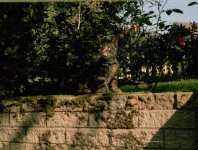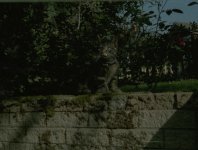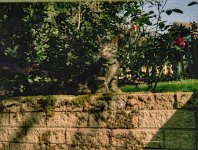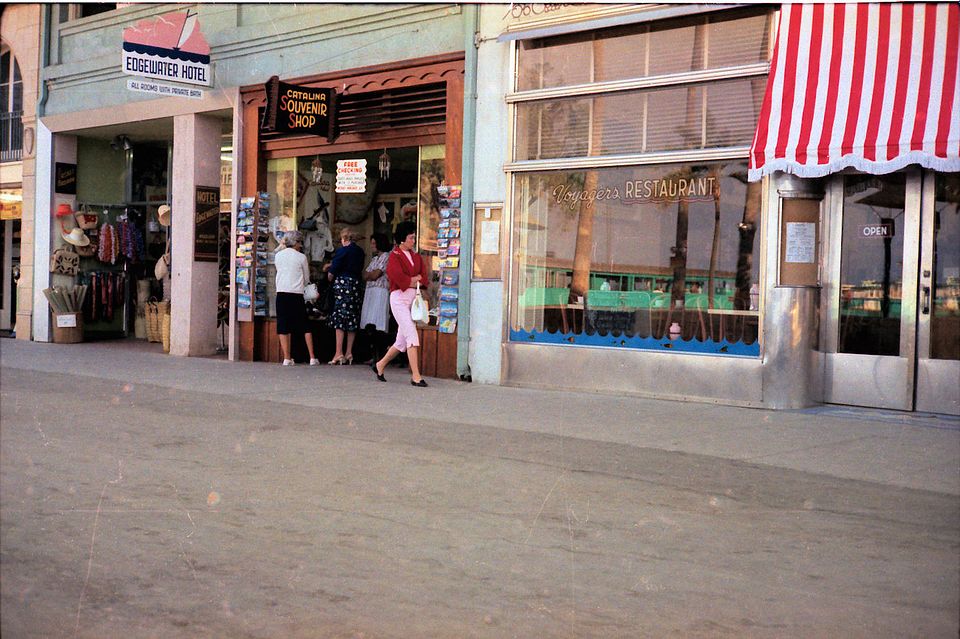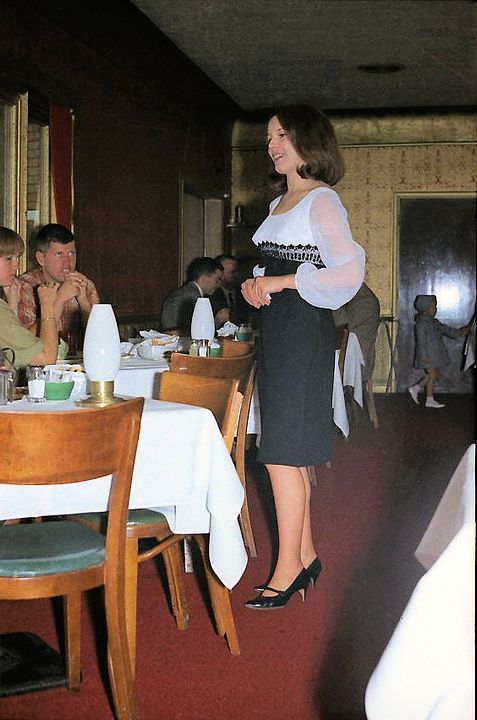I've tried scanning some 110 negatives (using a custom made adaptor) on my Nikon Coolscan V.
They are all from the 1980s and I've noticed many of them (when zoomed up) have defects...lots of them.
The idea was to scan the negatives rather than the prints, as they would be higher quality but I'm now thinking that the prints will be better, albeit less sharp.
I've also scanned a lot of 35mm positives (of the same age and older) with no such issues.
Does the process of turning a negative into a positive, give it some physical protection?
They are all from the 1980s and I've noticed many of them (when zoomed up) have defects...lots of them.
The idea was to scan the negatives rather than the prints, as they would be higher quality but I'm now thinking that the prints will be better, albeit less sharp.
I've also scanned a lot of 35mm positives (of the same age and older) with no such issues.
Does the process of turning a negative into a positive, give it some physical protection?


